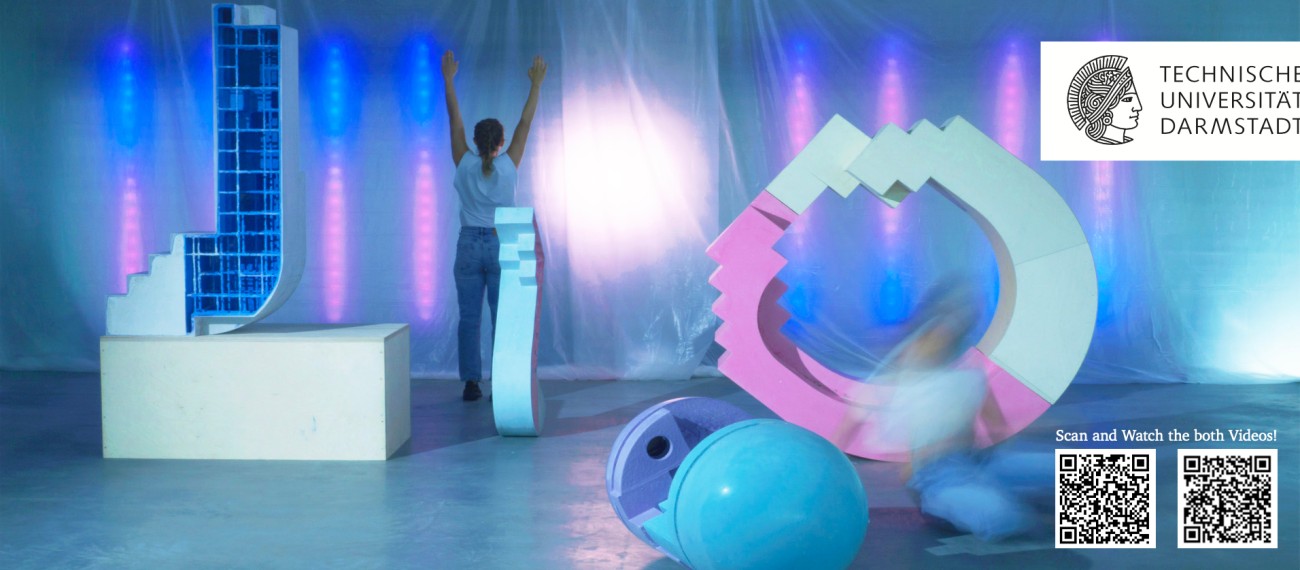| Projektbezeichnung | Animate Concrete |
| Akronym | |
| Projektinhalt |
Architects and the choreographers from Berlin-based studio tanzpol explore the interrelationship of chore- ography and architecture with their “Animate Con- crete” project. What happens when you can dance with architectural elements? What, if seemingly massive pieces rock and move at the touch of your hand? The massive-looking but lightweight hollow elements made of concrete and a water-based acrylic resin po- lymer are designed as discreet elements that join to- gether, but never permanently: with their dry-joint, interlocking connection details they are meant to be rolled, wobbled and rocked by one person without heavy lifting equipment. They can be assembled, dis- assembled and re-assembled into changing urban configurations. Not only allow these qualities for a more circular approach in architecture and construc- tion as the pieces can be reused in future buildings, they also offer a constand, dynamic re-calibration of architectural elements and the human bodies that use, abuse and re-use them. This mutually dependent relationship opens up the possibility to enter into ever new forms of interaction between spatial configuration and human bodies, blurring the lines between (human) maker and (ina- nimate) object and instead offering animate concrete bodies in motion. Inspired by dance theorist Rudolf Laban who regarded movement as a forming force for living architecture, tanzpool developed a choreo- graphy for both: people and concrete pieces. Dancers are exploring the counter-intuitive kinetic behavi- or of the objects, which move unexpectedly due to their surprising (and invisible) mass distribution that prompts them to move like tumbling toys. Animate Concrete furthermore seeks to provide no- vel strategies to save building material resources by rotoforming, thereby minimizing material consump- tion and reducing the weight of precast concrete components. In the robotic process, small amounts of liquid material are cast in a formwork, which is then slowly rotated by a robot. The material spreads along the formwork surface, creating a hollow body. The robot arm rotates the formwork in a defined path, distributing the material to create a variable wall thickness and mass distribution. |
| Beteiligte |
Prof. Dr.-Ing. Oliver Tessmann Digital Design Unit (DDU) |
| Laufzeit | |
| Förderung | |
| Webseite |
Architektur

Animate Concrete
Hollow concrete elements become dancing partners
Animate Concrete
Hollow concrete elements become dancing partners
